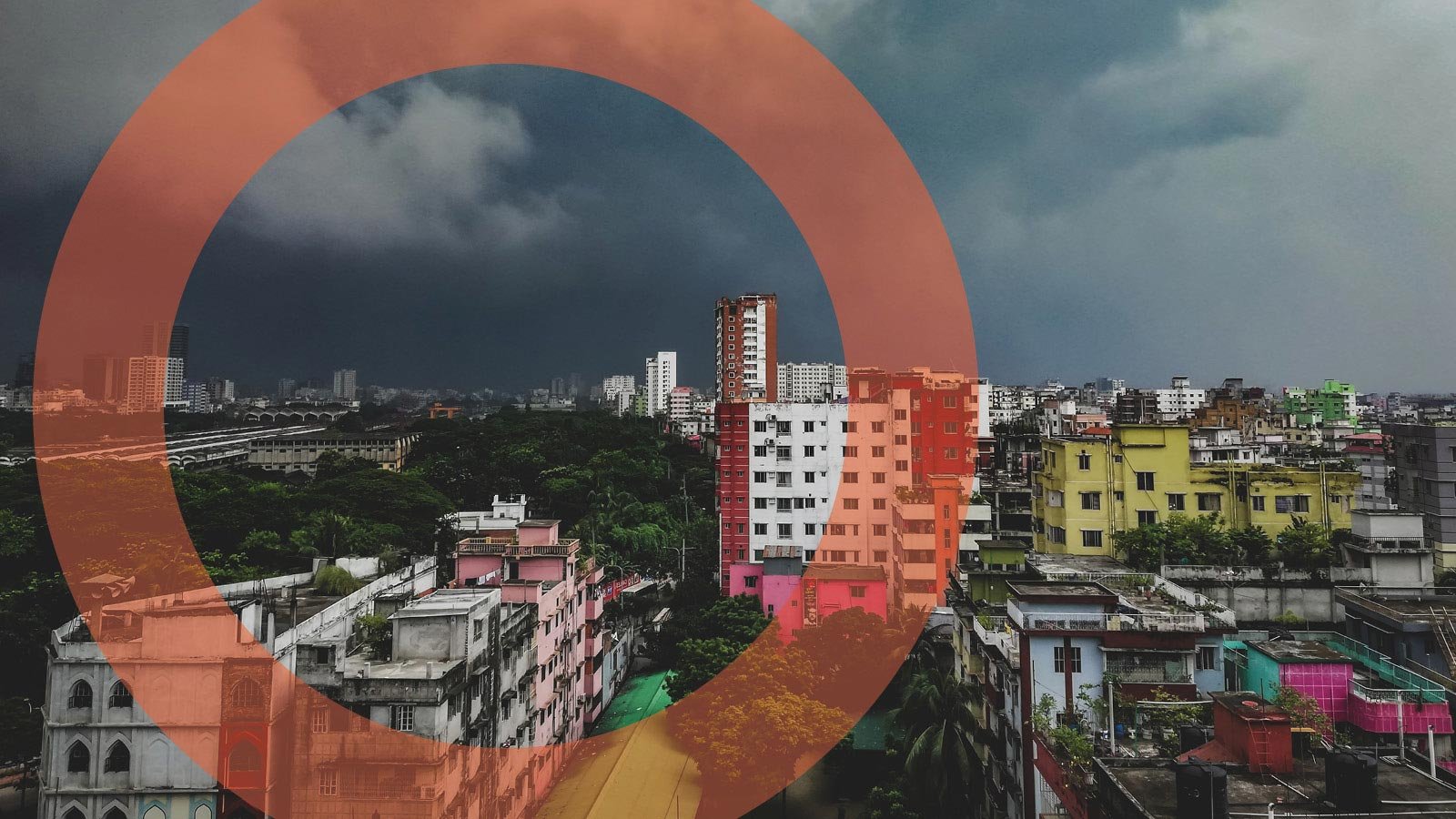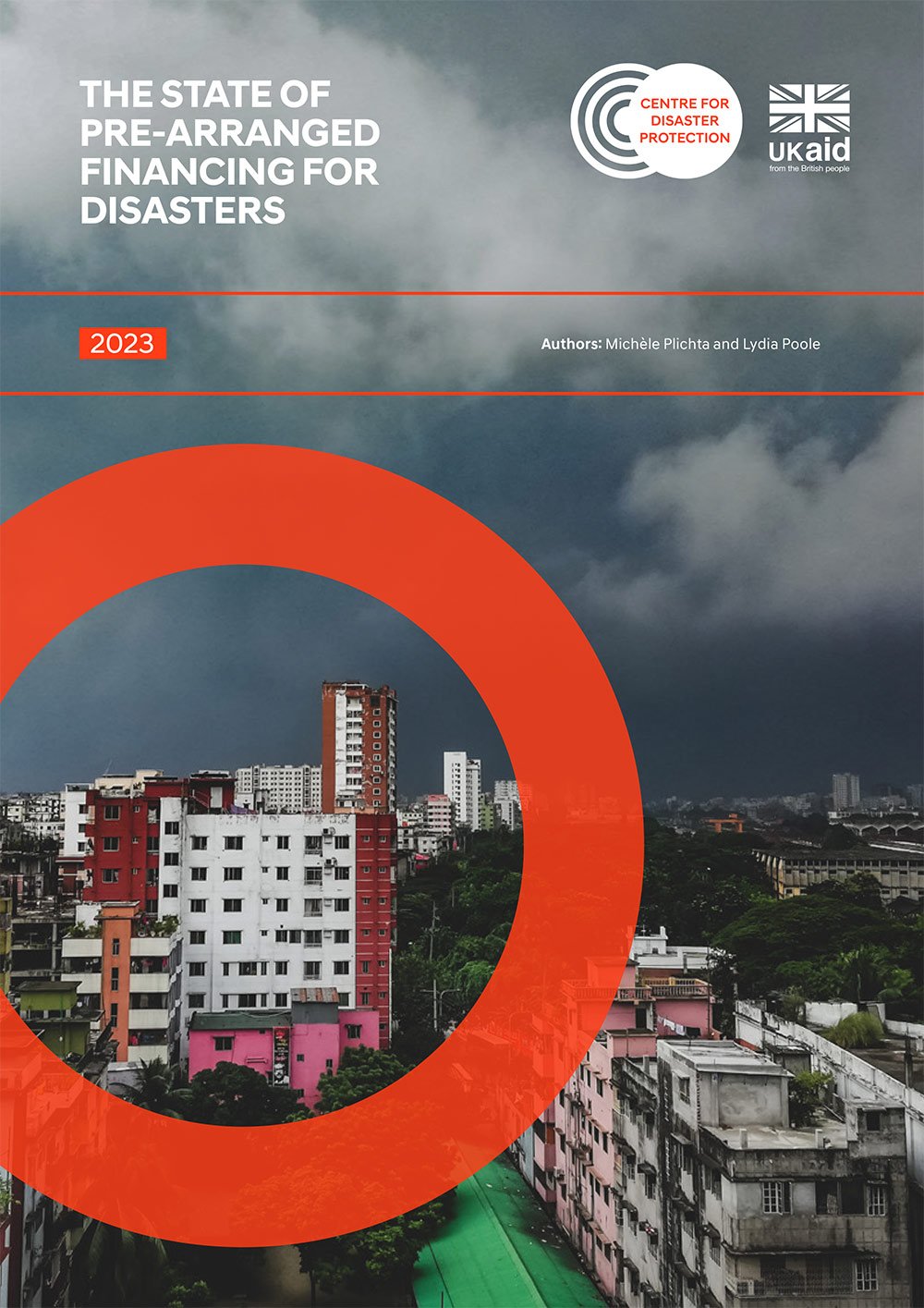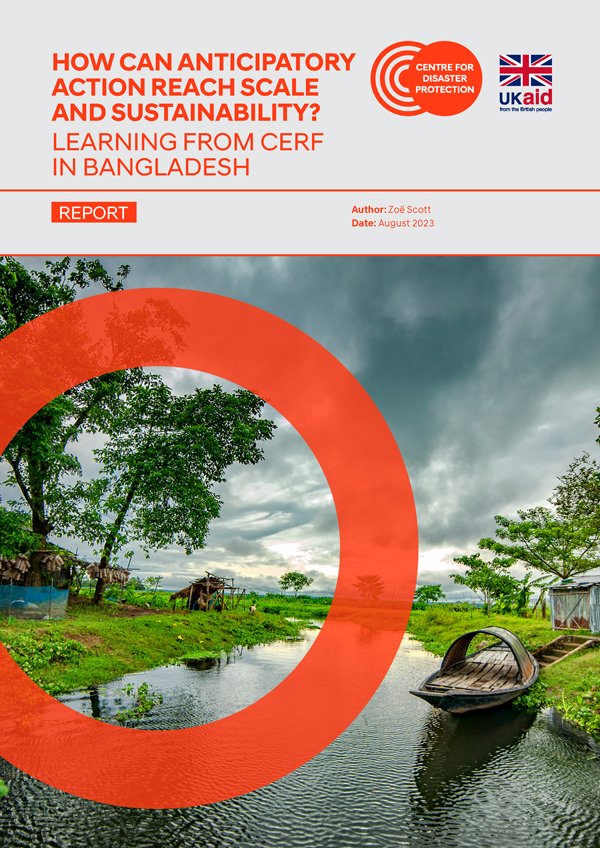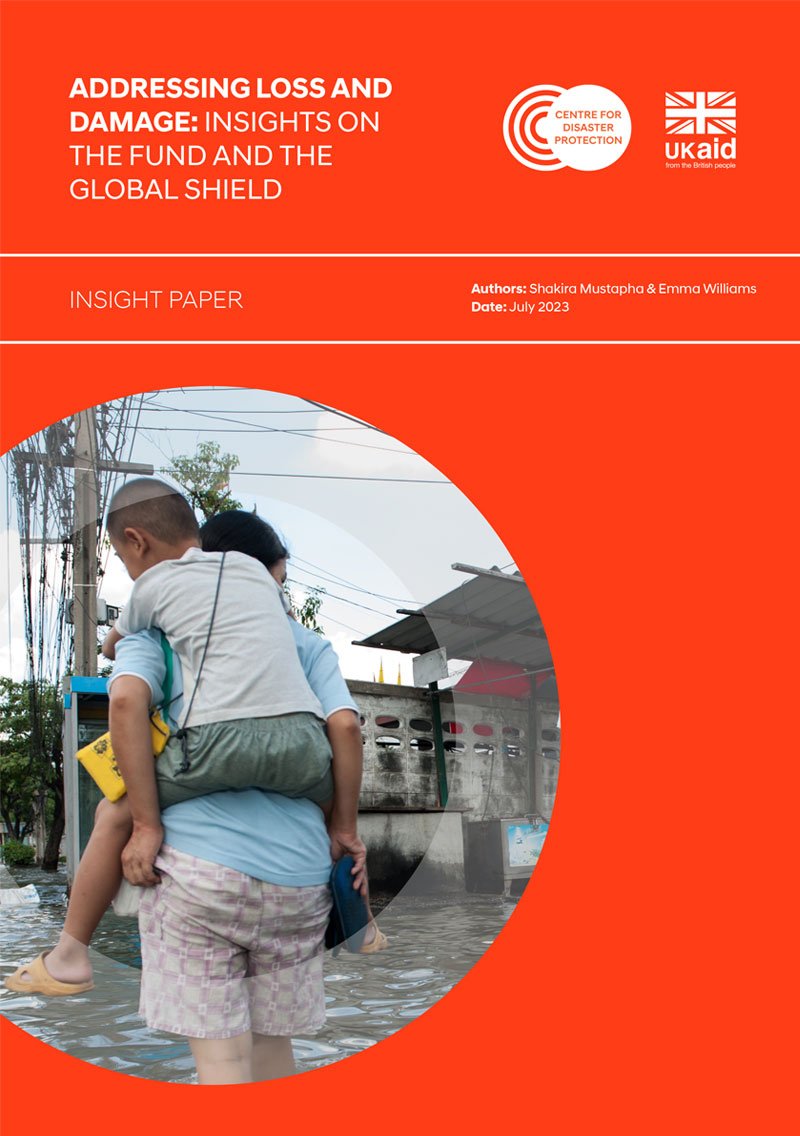
PUBLICATIONS CENTRE

THE STATE OF PRE-ARRANGED FINANCING FOR DISASTERS 2023
Planning and preparing for shocks pays. Prearranged Financing (PAF) for disasters has the potential to significantly increase the predictability, speed and effectiveness of responses to shocks. Currently, it is unclear how much pre-arranged finance is required to protect crisis-vulnerable people against risk, how much coverage there is in place, and how far we are from achieving adequate coverage, targeted to the right places, for those people most at risk. This data-led report collates the best available data to start to assess and monitor annually the state of pre-arranged financing supported with international development financing in low-and middle-income countries.

MEASURING THE CRISIS PROTECTION GAP: A SUMMARY OF RESEARCH EXPLORING TECHNICAL APPROACHES FOR ESTIMATING GLOBAL CRISIS PROTECTION COSTS
The number of people whose lives are threatened by crises is increasing and current responses are inadequate and inefficient. Pre-arranged financing is a critical component in improving crisis response. Therefore, understanding the gap between crisis financing needs, and how much is pre-arranged, could have a wide range of benefits. This report synthesises research exploring the feasibility of producing quantitative estimates of the costs of crisis protection across a variety of geographies and crisis types. Based on this research it presents a conceptual framework and provides demonstration analyses. The conclusions shine a light both on how it is increasingly possible to generate forward looking estimates of crisis protection gaps, what challenges remain and the benefits of overcoming these challenges.

HOW CAN ANTICIPATORY ACTION REACH SCALE AND SUSTAINABILITY? LEARNING FROM CERF IN BANGLADESH
This report captures and builds on learning from the United Nations Office for the Coordination of Humanitarian Affairs (OCHA) anticipatory action pilot in Bangladesh. This is one of a series of pilots that aim to generate further evidence of anticipatory action’s benefits in reducing the impact of foreseeable disasters. The Centre for Disaster Protection has supported OCHA’s learning from these pilots by capturing lessons and benefits that emerge from the process, as well as advising on strategies to monitor and evaluate the short-, medium- and long-term results. This report differs from other learning outputs produced by the Centre as it takes a forward-looking perspective, and focuses primarily on the question of how anticipatory action can reach scale and sustainability in Bangladesh.

HOW CAN ANTICIPATORY ACTION REACH SCALE AND SUSTAINABILITY? LEARNING FROM CERF IN NEPAL
This report captures and builds on learning from the United Nations Office for the Coordination of Humanitarian Affairs (OCHA) anticipatory action pilot in Nepal. This is one of a series of pilots that aim to generate further evidence of anticipatory action’s benefits in reducing the impact of foreseeable disasters. The Centre for Disaster Protection has supported OCHA’s learning from these pilots by capturing lessons and benefits that emerge from the process, as well as advising on strategies to monitor and evaluate the short-, medium- and long-term results. This report differs from other learning outputs produced by the Centre as it takes a forward-looking perspective, and focuses primarily on the question of how anticipatory action can reach scale and sustainability in Nepal.

THE ROLE OF DISASTER RISK FINANCE IN TACKLING PANDEMIC AND EPIDEMIC RISK
This note intends to shift the discussion on pandemic and epidemic risk finance to a practical approach about the benefits of applying a disaster risk finance (DRF) lens to new financial mechanisms as they are developed and deployed. It outlines key trends of financial flows toward outbreak response and identifies relevant emerging initiatives and opportunities to help governments scale up pre-agreed finance.

MAKING DISASTER RISK FINANCING WORK FOR RISK-AFFECTED PEOPLE
Accountability is a core principle for making Disaster Risk Finance (DRF) work for risk-affected people. Although DRF actors are widely committed to this, there is not yet a shared understanding of what accountability means and how it should be applied. This guidance note is therefore intended as a common framework to support practical approaches to meaningful accountability across the sector, with the aim of assuring financing that is in the best interest of the at-risk communities that it seeks to serve. It can be used by anyone involved in DRF, including those promoting, designing, delivering and supporting DRF.

ADDRESSING LOSS AND DAMAGE: INSIGHTS ON THE FUND AND THE GLOBAL SHIELD
Climate change is wreaking havoc on human lives, livelihoods and well-being in the world’s most vulnerable countries and communities. After decades of little to no progress, the agenda for loss and damage finance has shifted considerably in the past 12 months, with the announcement and launch of two major initiatives that aim to address aspects of this challenge. One is the Loss and Damage Fund agreed to at COP27, which has emerged from within the UNFCCC; the other is the Global Shield against Climate Risks, a joint G7 and V20 initiative.
This insight paper aims to improve the reader’s understanding of these two initiatives and provide insights into how thy may relate to each other, including possibilities for complementarity, and underlying tensions.
